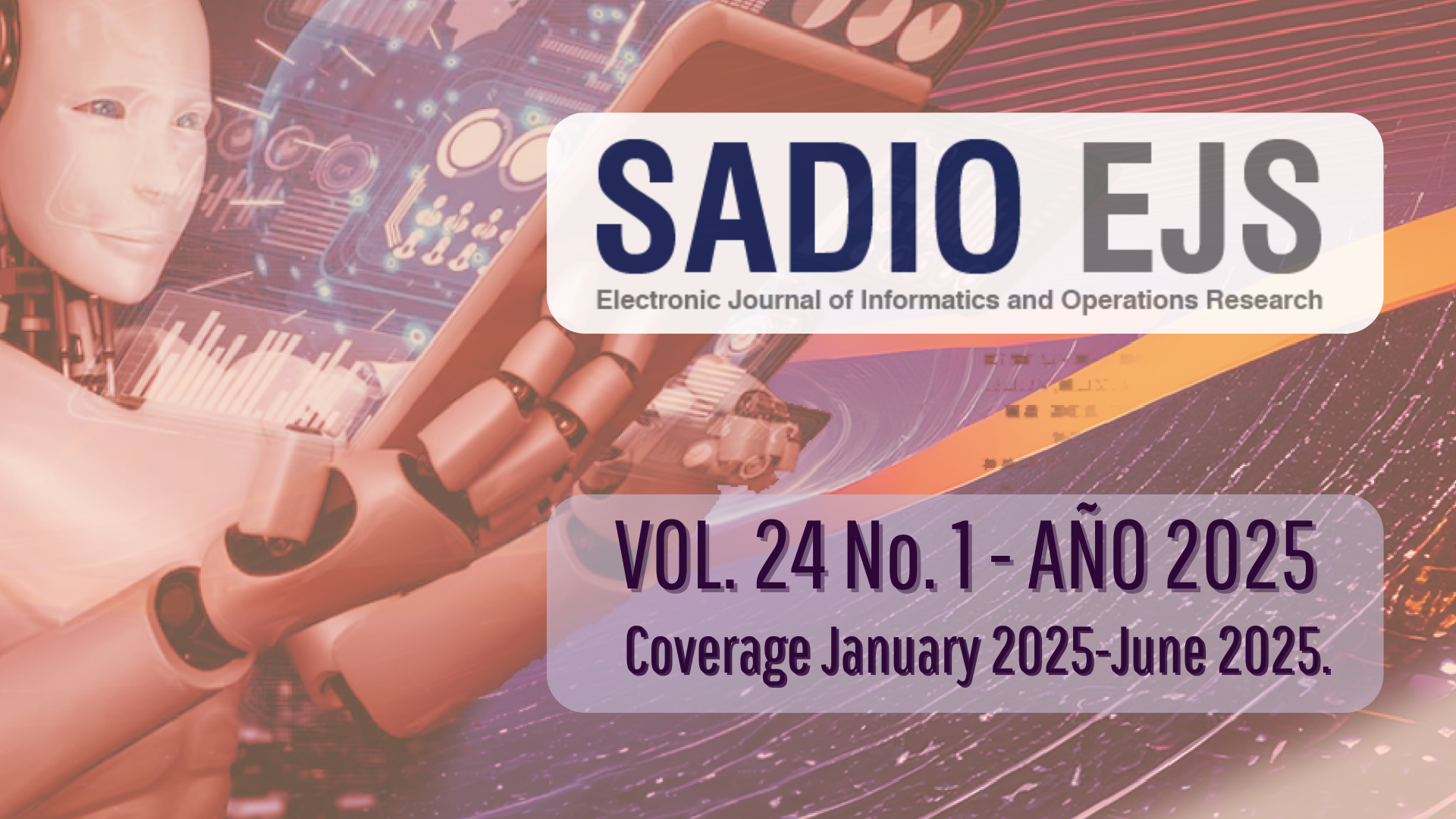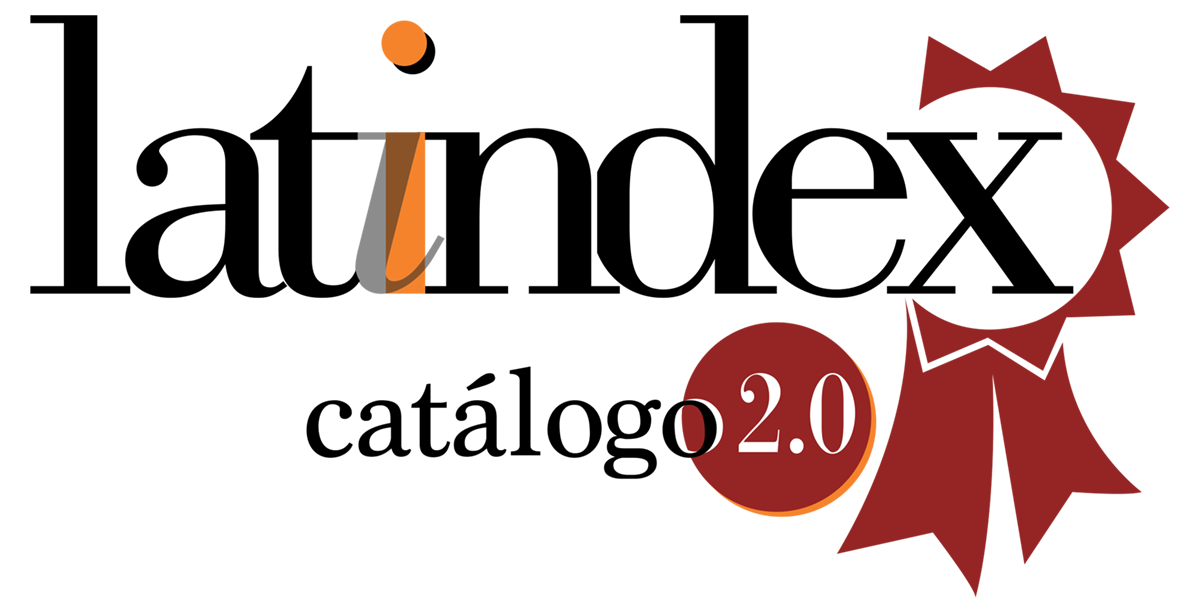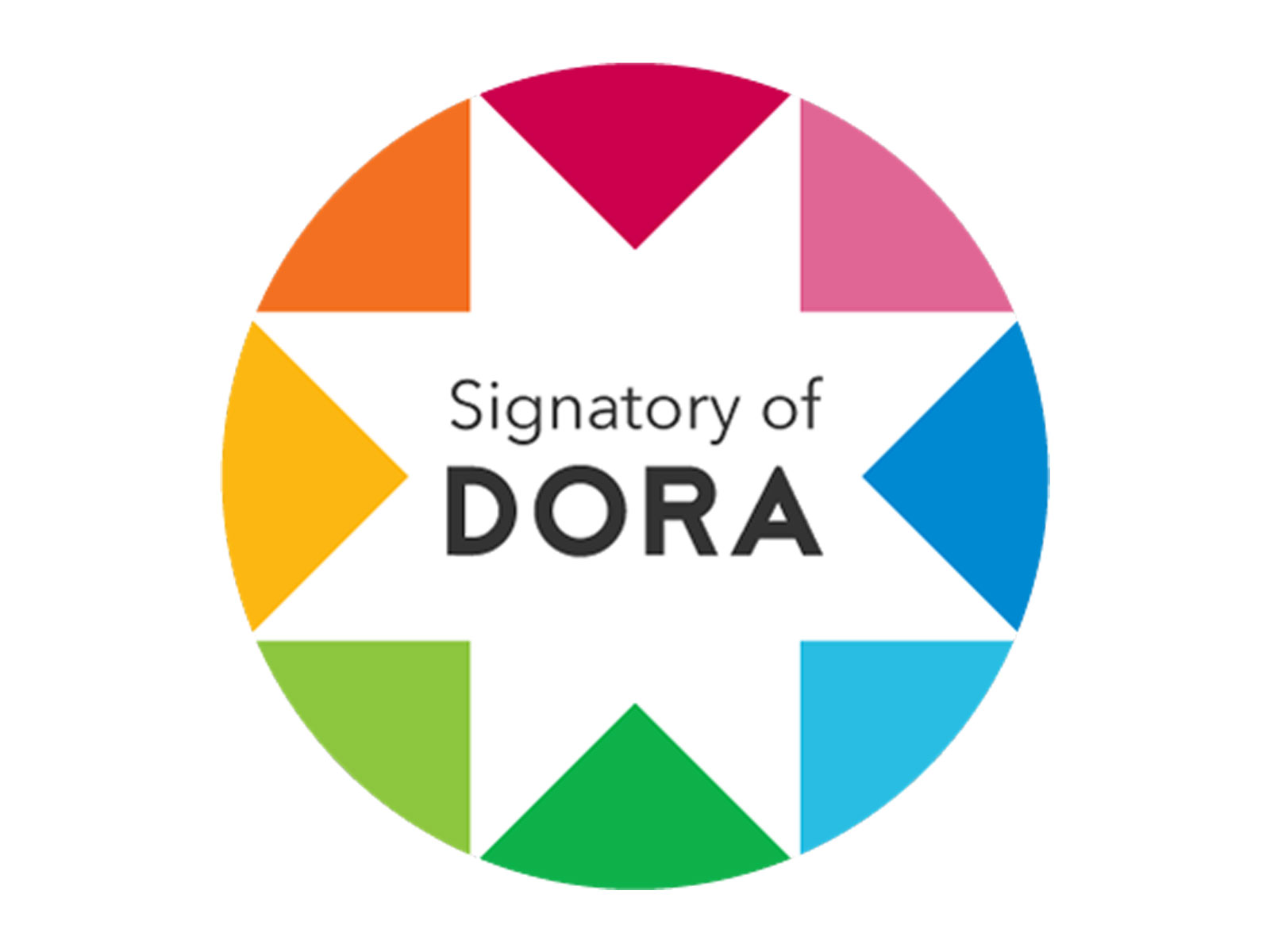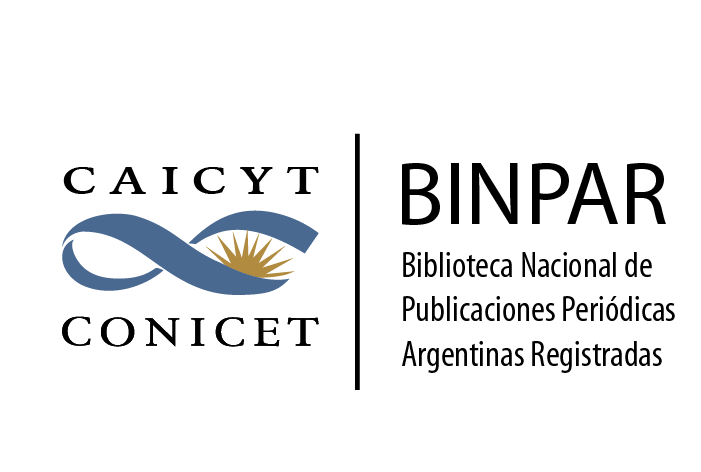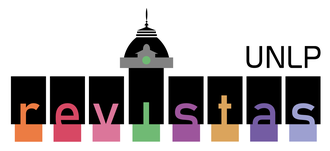Diagnóstico automatizado de auscultación pulmonar pediátrica usando redes neuronales profundas
DOI:
https://doi.org/10.24215/15146774e072Palabras clave:
redes neuronales profundas, sonidos respiratorios, arquitectura VGG-16, coeficientes cepstrales en frecuencia de Mel (MFCC´s), diagnóstico de patologías respiratoriasResumen
En este trabajo se investiga la implementación de redes neuronales profundas en la clasificación de sonidos respiratorios, una tarea determinante para el diagnóstico de enfermedades pulmonares. Para esta labor, se emplea la arquitectura VGG-16, reconocida por su eficacia en la clasificación de imágenes, la cual ha sido adaptada para procesar datos de audio. Se realizaron la recopilación y preprocesamiento del conjunto de datos de sonidos respiratorios, utili-zando coeficientes cepstrales de frecuencia de Mel (MFCC´s) como entrada de la red. Los resultados obtenidos revelan un rendimiento significativo, con una precisión del 79% en la clasificación de sonidos respiratorios. Este resultado re-salta el potencial de las redes neuronales convolucionales pre entrenadas en el campo médico. Sin embargo, persisten desafíos por superar, como la necesidad de conjuntos de datos más amplios y una comprensión más profunda de los resultados para su implementación clínica efectiva.
Descargas
Citas
World Health Organization. The top 10 causes of death. (2017).
Landau LI, Taussig LM: Early childhood origins and Economic impact of respiratory disease throughout life. En: Pediatric Respiratory Medicine (Second Edition), editado por Taussig LM, Landau LI, 1-8. Mosby, Philadelphia (2008).
Gibson GJ, Loddenkemper R, Lundbäck B, Sibille Y: Respiratory health and disease in Europe: the new European Lung White Book. Eur Respir J. 42, 559–563 (2013).
Marques A, Oliveira A, Jácome C: Computerized adventitious respiratory sounds as outcome measures for respiratory therapy: a systematic review. Respir Care. 59, 765–776 (2014).
Marques A, Jácome C: Breath sounds from basic science to clinical practice, editado por Priftis KN, Hadjileontiadis LJ, Everard ML, 291-304. Springer, Switzerland (2018).
Aviles-Solis JC, Jácome C, Davidsen A, Einarsen R, Vanbelle S, Pasterkamp H, Melbye H: Prevalence and clinical associations of wheezes and crackles in the general population: the Tromsø study. BMC Pulm Med. 19, 173 (2019).
Saglani S, Payne DN, Zhu J, et al: Early detection of airway wall remodeling and eosino-philic inflammation in preschool wheezers. Am J Respir Crit Care Med. 176, 858–864 (2007).
Saglani S, Malmstrom K, Pelkonen AS, et al: Airway remodeling and inflammation in symptomatic infants with reversible airflow obstruction. Am J Respir Crit Care Med. 171, 722–727 (2005).
Brand PL, Baraldi E, Bisgaard H, et al: Definition, assessment and treatment of wheezing disorders in preschool children: an evidence-based approach. Eur Respir J. 32, 1096–1110 (2008).
Kelada L, Molloy CJ, Hibbert P, Wiles LK, Gardner C, Klineberg E, Braithwaite J, Jaffe A: Child and caregiver experiences and perceptions of asthma self-management. NPJ Prim Care Respir Med. 31, 42 (2021).
Zhjeqi V, Kundi M, Shahini M, Ahmetaj H, Ahmetaj L, Krasniqi S: Correlation between parents and child's version of the child health survey for asthma questionnaire. Eur Clin Respir J. 10, 2194165 (2023).
Rocha B M, Filos D, Mendes L, Vogiatzis I, Perantoni E, Kaimakamis E, Natsiavas P, Oliveira A, Jácome C, Marques A, Paiva RP, Chouvarda I, Carvalho P, & Maglaveras N: A Respiratory Sound Database for the Development of Automated Classification. (2017).
Pramono RXA, Bowyer S, Rodriguez-Villegas E: Automatic adventitious respiratory sound analysis: A systematic review. PLoS One. 12, e0177926 (2017).
Liu GK: Evaluating Gammatone Frequency Cepstral Coefficients with Neural Networks for Emotion Recognition from Speech. Informe de investigación. Ravenwood High School, Brentwood, TN 37027 (2018).
Wei H, Chan C, Choy C, Pun P: An efficient MFCC extraction method in speech recognition. En: Circuits and Systems (2006).
Acharya J, & Basu A: Deep Neural Network for Respiratory Sound Classification in Wearable Devices Enabled by Patient Specific Model Tuning. IEEE Transactions on Biomedical Engineering (2020).
Chamberlain D, Kodgule R, Ganelin D, Miglani V, Fletcher RR: Application of Semi-Su-pervised Deep Learning to Lung Sound Analysis. 38th Annu Int Conf IEEE Eng Med Biol Soc; 2016;804–7.
Simonyan K, & Zisserman A: Very Deep Convolutional Networks for Large-Scale Image Recognition (2015).
Xia T, Han J, & Mascolo C: Exploring machine learning for audio-based respiratory condi-tion screening: A concise review of databases, methods, and open issues. Department of Computer Science and Technology, University of Cambridge, 15 JJ Thomson Avenue, Cam-bridge CB3 0FD, Reino Unido (2022).
Kochetov K, Putin E, Azizov S, Skorobogatov I, & Filchenkov A: Wheeze Detection Using Convolutional Neural Networks (2017).
Chang G-C, Lai Y-F: Performance evaluation and enhancement of lung sound recognition system in two real noisy environments. Comput Methods Prog Biomed. 97(2):141–150 (2010).
Huang DM, Huang J, Qiao K, et al. Deep learning-based lung sound analysis for intelligent stethoscope. Military Med Res 10, 44 (2023). https://doi.org/10.1186/s40779-023-00479-3.
Messner E, Fediuk M, Swatek P, Scheidl S, Smolle-Juttner FM, et al. Crackle and breathing phase detection in lung sounds with deep bidirectional gated recurrent neural networks. In: 2018 40th Annual International Conference of the IEEE Engineering in Medicine and Biology Society (EMBC). Honolulu, HI, USA; 2018. p. 356–9.
Sengupta N, Sahidullah M, Saha G. Lung sound classification using cepstral-based statisti-cal features. Comput Biol Med. 2016;75: 118–29.
Perna D, Tagarelli A. Deep auscultation: predicting respiratory anomalies and diseases via recurrent neural networks. En: 2019 IEEE 32nd International Symposium on Computer-Based Medical Systems (CBMS). Córdoba, Spain; 2019. p. 50–5.
Descargas
Publicado
Número
Sección
Licencia
Derechos de autor 2025 Jorge Lopez Perez, Damián Taire, Claudio Delrieux

Esta obra está bajo una licencia internacional Creative Commons Atribución-NoComercial-CompartirIgual 4.0.
Aquellos autores/as que tengan publicaciones con esta revista, aceptan los términos siguientes:
- Los autores/as conservarán sus derechos de autor y garantizarán a la revista el derecho de primera publicación de su obra, el cuál estará simultáneamente sujeto a la Creative Commons Atribución-NoComercial-CompartirIgual 4.0 Internacional (CC BY-NC-SA 4.0) que permite a terceros compartir la obra siempre que se indique su autor y su primera publicación esta revista, no hagan uso comercial de ella y las obras derivadas de hagan bajo la misma licencia.
- Los autores/as podrán adoptar otros acuerdos de licencia no exclusiva de distribución de la versión de la obra publicada (p. ej.: depositarla en un archivo telemático institucional o publicarla en un volumen monográfico) siempre que se indique la publicación inicial en esta revista.
- Se permite y recomienda a los autores/as difundir su obra a través de Internet (p. ej.: en archivos telemáticos institucionales o en su página web) antes y durante el proceso de envío, lo cual puede producir intercambios interesantes y aumentar las citas de la obra publicada. (Véase El efecto del acceso abierto).

